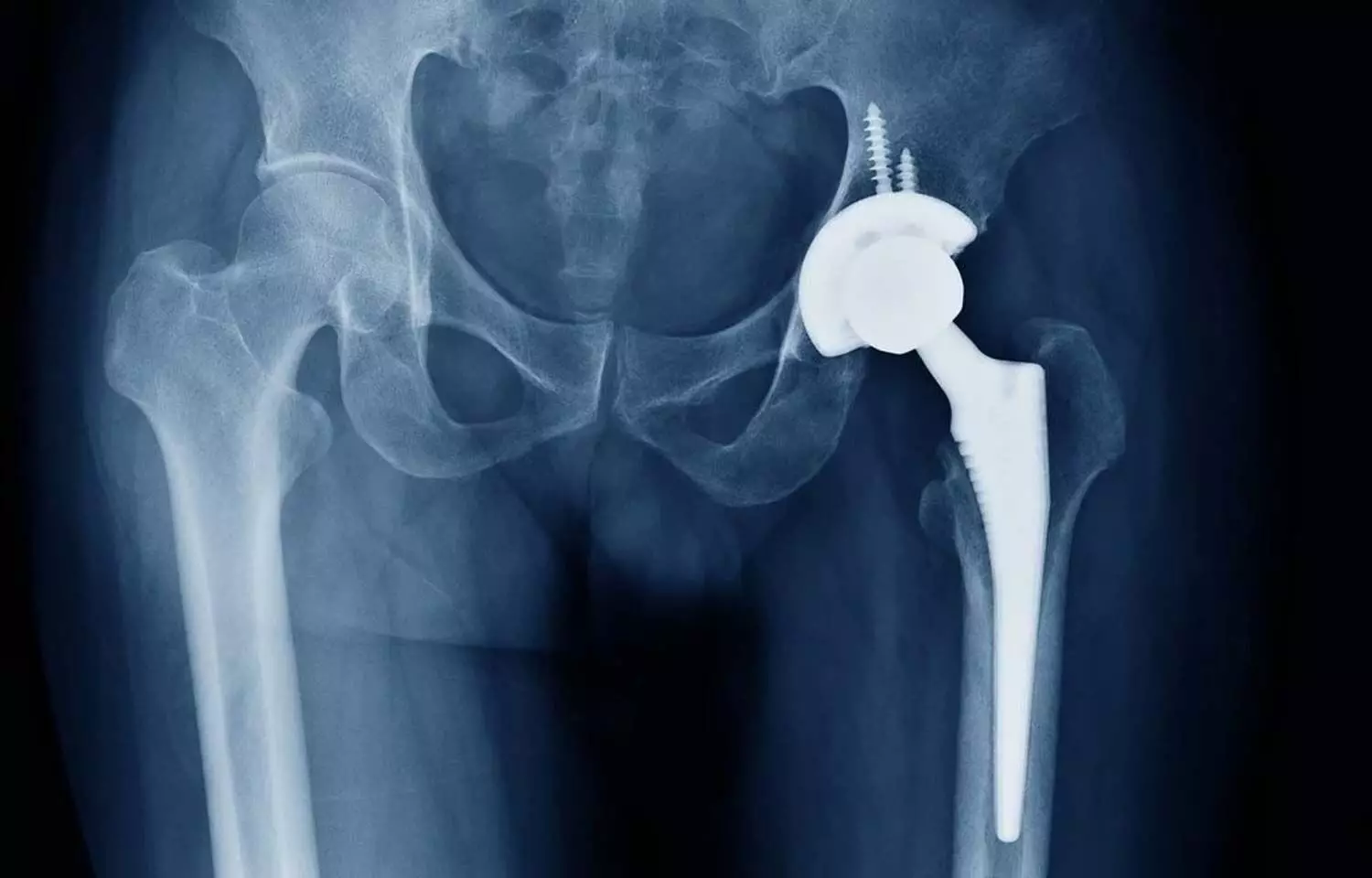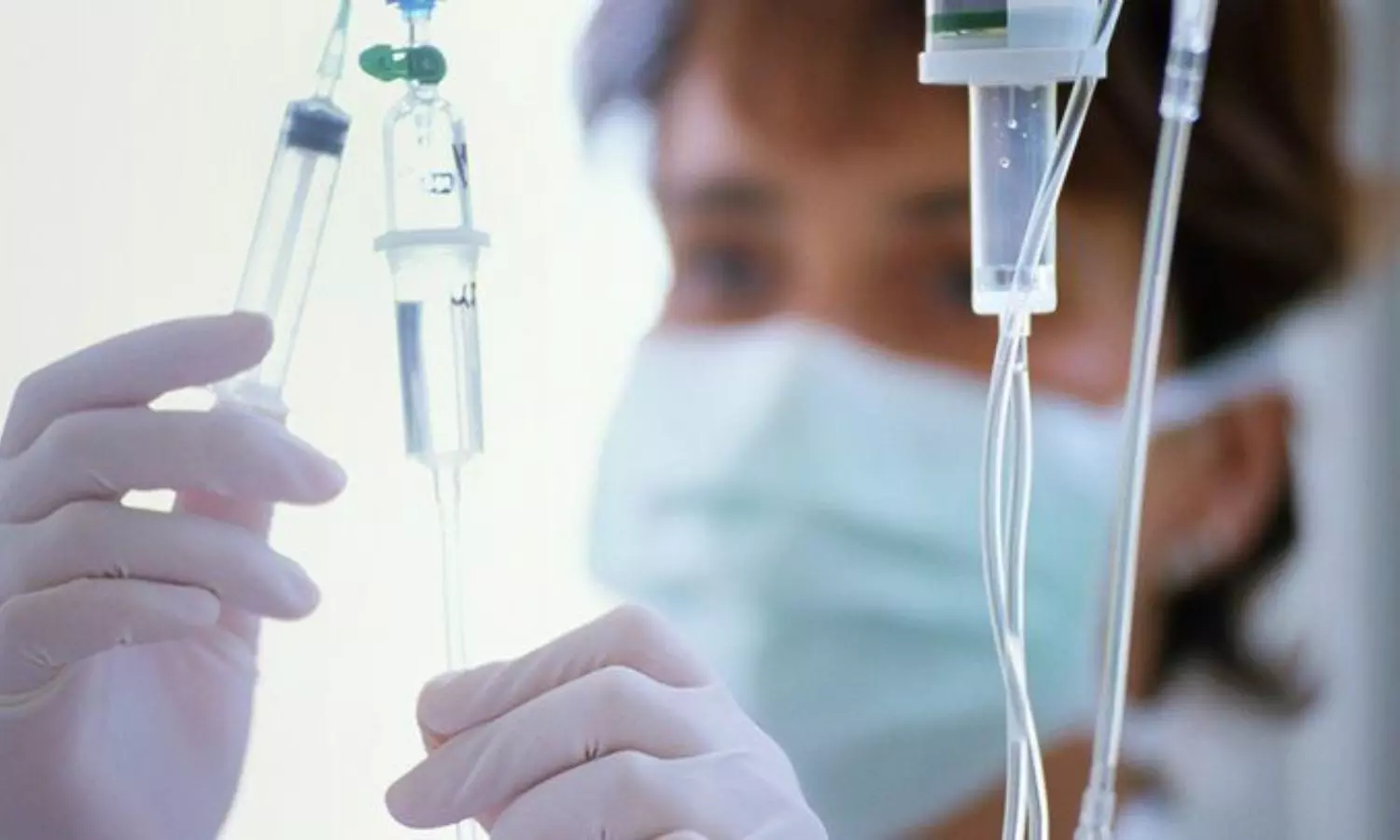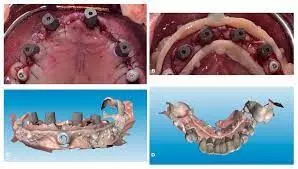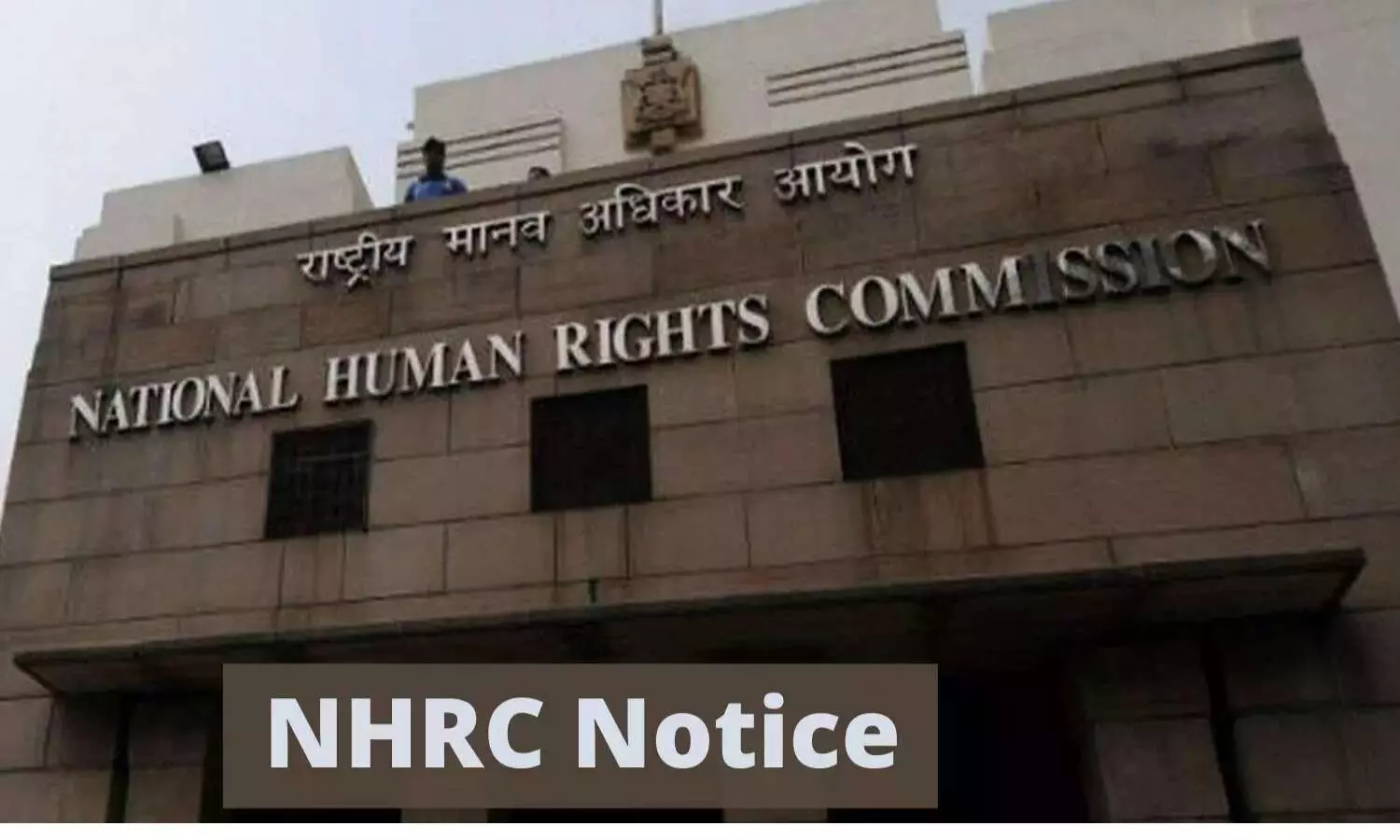Impact of Hypertension on Cerebral Small Vessel Disease may differ by sex and age at hypertension diagnosis

Recent research delving into the relationship between hypertension, cerebral small vessel disease, and brain health has uncovered intriguing differences based on gender. The study found sex-specific and age-dependent effects of hypertension on cerebral small vessel disease–related brain structural changes underscoring the importance of considering both sex and age at hypertension diagnosis when evaluating the impact on brain health.
The study results were published in the journal Hypertension.
Differences between genders contribute to the risk of cognitive decline, potentially linked to cerebral small vessel disease. The age at which hypertension is diagnosed uniquely influences structural changes in the brain associated with cerebral small vessel disease. Despite this, it remains uncertain whether this relationship varies between sexes. Consequently, researchers conducted a study to assess the disparities between genders in the connection between the age at hypertension diagnosis and cerebral small vessel disease–related alterations in brain structure.
The study drew upon data from the UK Biobank, focusing on participants with known ages at hypertension diagnosis and undergoing brain magnetic resonance imaging (MRI) scans (n=9430). The cohort was stratified by sex and age at hypertension diagnosis. Randomly selected control participants with MRI scans but no history of hypertension were included using propensity score matching. Generalized linear models were employed to analyze morphological brain structural changes, adjusting for other vascular risk factors. For the assessment of white matter microstructure, principal component analysis was utilized to reduce the number of fractional anisotropy variables, followed by regression analysis with major principal components as outcomes.
Findings:
- The findings revealed notable distinctions in brain structure between males and females with varying ages at hypertension diagnosis.
- Males diagnosed with hypertension at a younger age exhibited lower brain gray and white matter volume compared to normotensive controls.
- Both males and females with hypertension showed greater volume of white matter hyperintensities compared to normotensive controls, with a particularly significant increase in older females with hypertension. Moreover, individuals with hypertension displayed lower white matter microstructural integrity compared to normotensive controls, a trend that became more pronounced with advancing age.
Thus, the study findings underscore the importance of considering both sex and age at hypertension diagnosis when evaluating the impact on brain health. Understanding these nuances can contribute to more tailored approaches for preventing and managing cognitive decline associated with cerebral small vessel disease.
Understanding the unique effects of hypertension on brain health in both males and females, considering their age at diagnosis, adds a layer of complexity to our understanding of cerebral small vessel disease. Moving forward, these insights could pave the way for more targeted interventions and therapies, ultimately improving outcomes for individuals at risk of cognitive decline related to hypertension and cerebral small vessel disease.
Further reading: Kaur A, Angarita Fonseca A, Lissaman R, Behlouli H, Rajah MN, Pilote L. Sex Differences in the Association of Age at Hypertension Diagnosis With Brain Structure. Hypertension. Published online December 19, 2023. doi:10.1161/HYPERTENSIONAHA.123.22180
Powered by WPeMatico





















